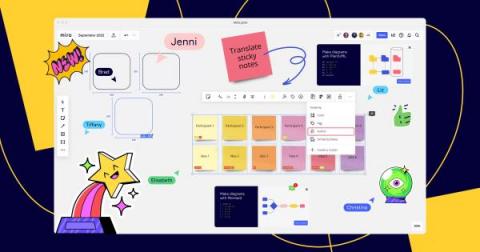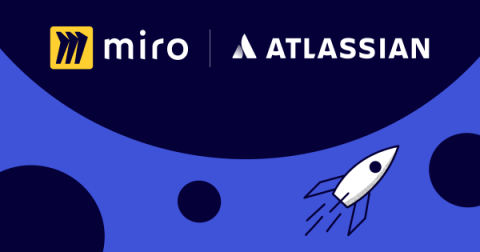The best Miroverse templates for your virtual or hybrid holiday parties
After a year spent working hard and tackling goals, your team deserves a chance to kick back and celebrate. And holiday parties are opportunities for people to connect outside of the demands of their daily to-do lists and loosen up for a little bit of fun together. Fortunately, you don’t need to be co-located to let the good times roll.











